Competing Visions Cloud the Future of Brooklyn’s Industry City as Expansion Plan Reaches City Council
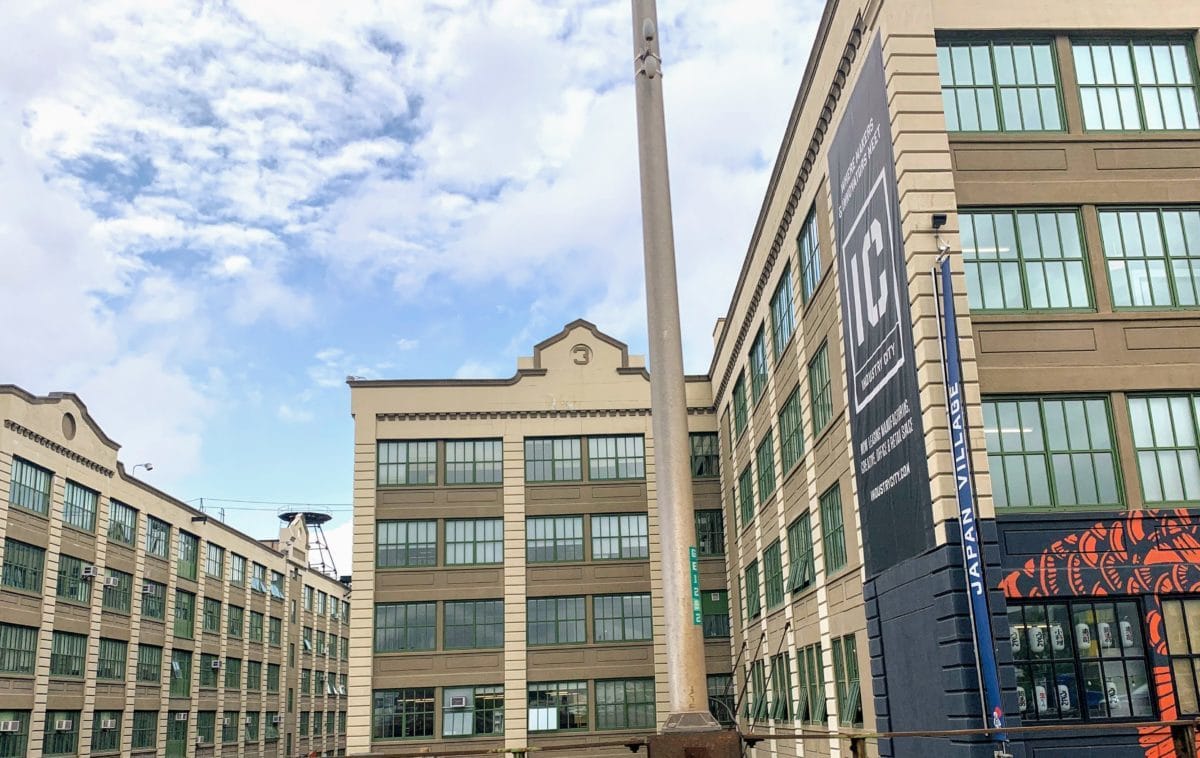

By Greg David, originally published by THE CITY

Jackie Capriles and Ana Diaz, who met while attending Long Island University, started a business eight years ago specializing in electrical work in schools.
In 2017, they moved from a tiny space in Park Slope to larger digs in Industry City because the rents were much less expensive than other options.
“The workspace is affordable, the environment conducive and we collaborate with other businesses,” said Capriles, a lifelong resident of Sunset Park, where Industry City is located. “High school students get internships with us.”
Pat Whelan has lived in Brooklyn his entire life and has worked in Sunset Park for 30 years, running the family-owned Sahadi’s warehouse where it roasts nuts and spices and packages imported food as part of an operation that includes its long-standing retail shop on Atlantic Avenue.
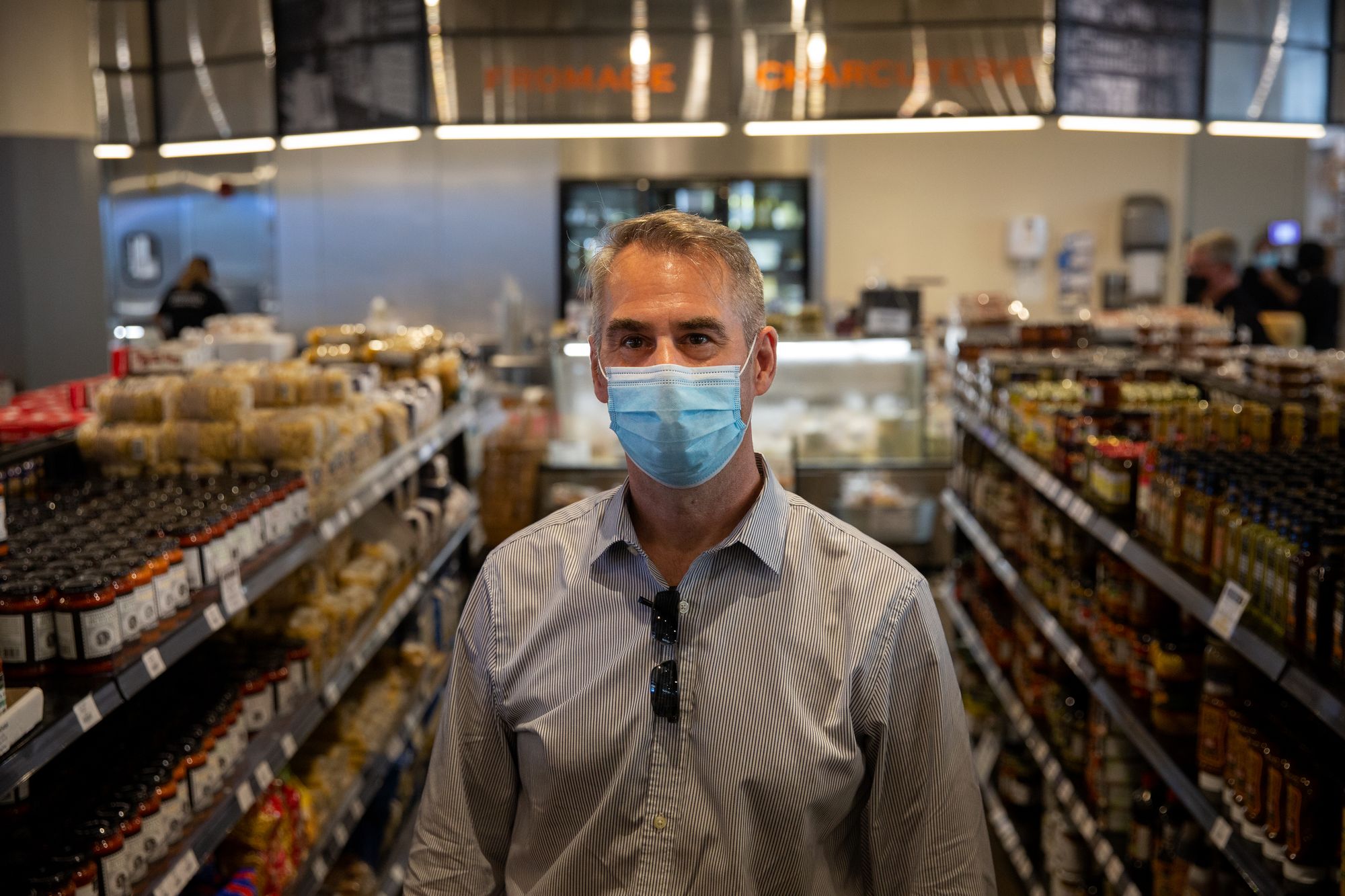
But the warehouse operation is losing money. So Whelan and the family have gambled on reinventing their business with its now year-old Lebanese-focused 8,500-square-foot outlet in Industry City.
“We have bet very heavily on Industry City for our families and our workers,” he said.
Competing Visions
On Tuesday, the City Council will hold a public hearing on a proposed rezoning for the sprawling waterfront complex that has become a flash point in competing visions of New York City’s future and how government officials should guide it. The Council must act by mid-November and either send the plan to the mayor for final approval or vote it down.
Industry City CEO Andrew Kimball and businesses like Diaz Electric and Sahadi’s say the future lies in a combination of modern manufacturing, a home for tech and other related creative companies, and retailing.
The proposed expansion, they say, will result in 20,000 jobs at the complex and adjacent areas, and $100 million in additional tax revenue.
On Monday, Kimball announced that he would be willing to tie full use of the new space to meeting specific thresholds for jobs and the hiring of local residents, to be negotiated before the Council votes on the proposal.
Community activists contend that the vision Kimball is selling is a hoax and that the owners are engaged in real estate speculation that will create expensive offices and luxury retailing. The result, they say, will send nearby rents soaring, displace current residents and offer very few good jobs to those who live in the working-class neighborhood.
The political implications are equally important — especially for Mayor Bill de Blasio, whose legacy will be cemented during his upcoming last full year in office, and Council Speaker Corey Johnson, who is eyeing a run for mayor.
The local City Council member, Democrat Carlos Menchaca, has come out against the proposal and invoked the long-standing Council tradition of deferring to the local representative on land use decisions. He has been backed by other local politicians, including Rep. Nydia Velazquez (D-Brooklyn/Manhattan/Queens).
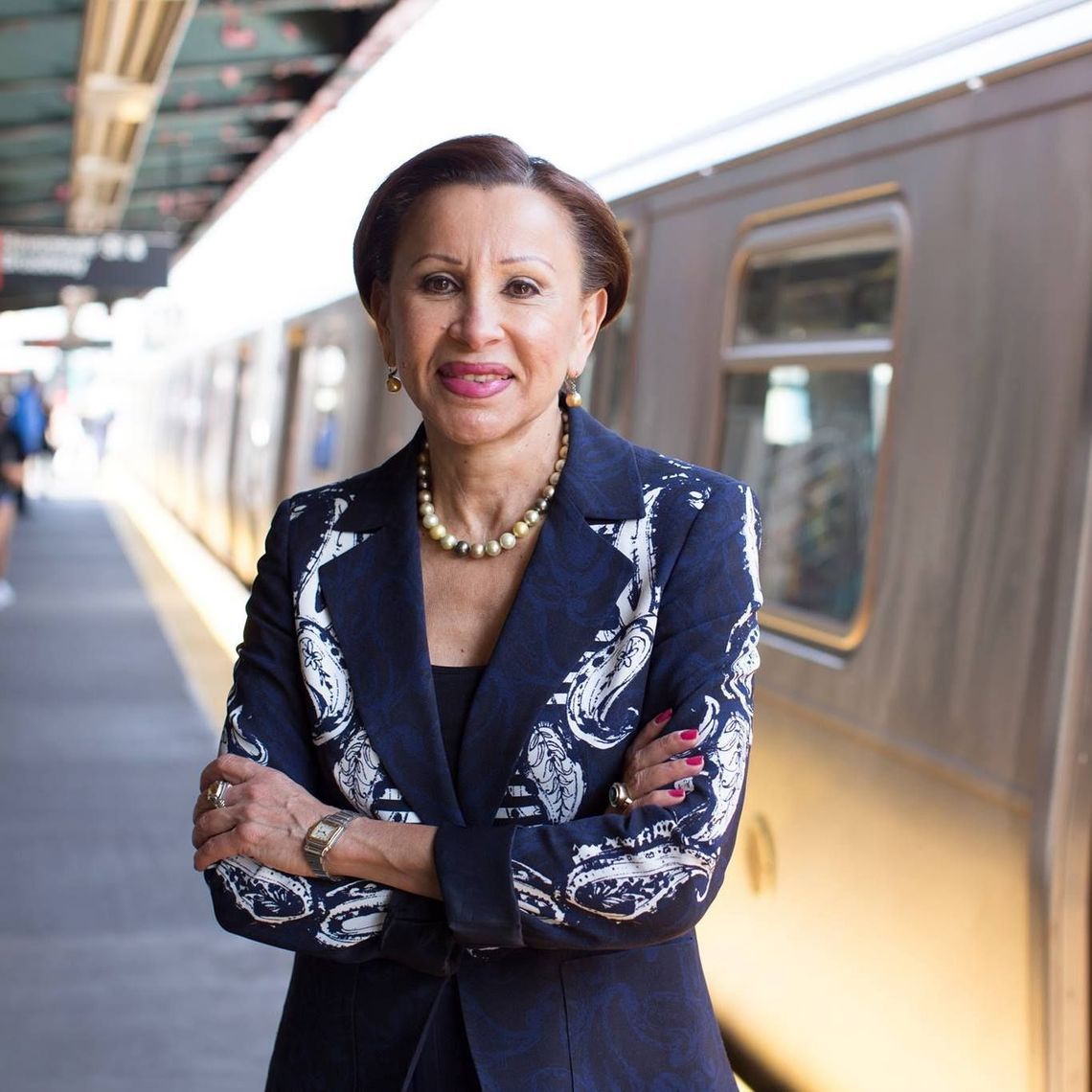
“Lofty promises provide no assurance that the community will benefit,” Velazquez told THE CITY Monday. “Instead, there’s good reason to believe that this project would supercharge local gentrification and displacement. Time and again, we’ve seen developers make promises about job creation that are not achieved.”
But some Council members, including Ritchie Torres (D-The Bronx), Donovan Richards (D-Queens) and Robert Cornegy (D-Brooklyn) say the city desperately needs the jobs Industry City will bring and that Menchaca’s position must be overridden.
“You don’t have to be an economist to know that to stave off a recession or depression, which is what we are headed for is to create jobs,” said Cornegy, adding he has visited the complex 14 times. “We have that opportunity to do that in Brooklyn with Industry City.”
All three politicians have their sights on bigger offices. Torres is expected to be elected to Congress in November, while Richards is favored to win the Queens borough president race. Cornegy, meanwhile, is running for Brooklyn borough president next year.
‘It’s Just Good Business’
The story of Industry City began in 2013 when Kimball convinced Jamestown Properties, then best known as the developer of the Chelsea Market, to buy the derelict former industrial buildings that are part of the old Bush Terminal complex.
Kimball had pulled off the revitalization of the city-owned Brooklyn Navy Yard backed by hundreds of millions of public dollars. He wanted to see if the same strategy could work with private investors who wanted to make a profit.
Since then, Jamestown and partners, including Belvedere Capital Real Estate Partners, Angelo Gordon and GIC, the Singapore sovereign wealth fund, have invested $400 million in rehabilitating the complex with all new electrical and mechanical systems, new windows, raised sidewalks and modern loading docks.
A central passageway connects all the buildings with many public spaces, including clusters of specialty food and drink venues that serve as a magnet for visitors.
Some 550 businesses located there employed 8,000 people before the pandemic shutdown. That’s 10 times the number of businesses and a four-fold increase in jobs since 2013, Industry City officials report.
A million square feet are used for warehouse and distribution, another 1 million for manufacturing, 900,000 for office, 400,000 for art and design firms and 20,000 for retail.
Rents range from $15 a square foot to the mid $30s, cheap by New York standards.
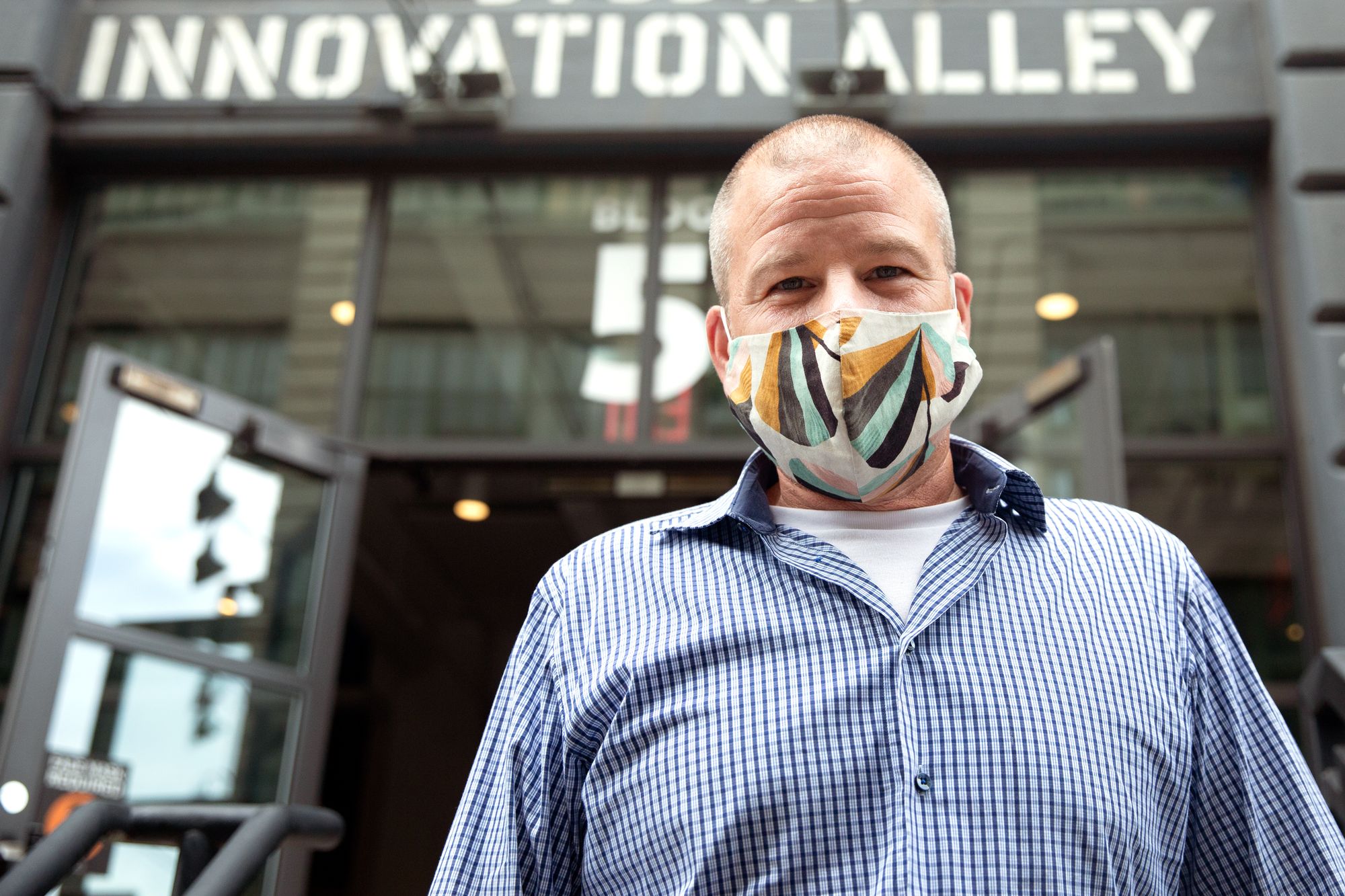
Industry City says its surveys show about a third of the workers live in the area. (So far, half the workers have returned from the pandemic shutdown).
The proposal would change the zoning from heavy industry to mixed use and allow Industry City to add more than 1 million square feet to the complex — leading to an investment of $1 billion over the next 12 years, the developers say.
They’re targeting the kind of companies currently there as well as educational institutions, and would seek larger office and retail tenants as well. They say the rezoning would bring total employment on the campus to 15,000 jobs from 8,000 that currently exist both at Industry City and produce 5,000 elsewhere in the area and the rest of the city.
Kimball said the tenants have enthusiastically embraced an existing workforce center at the site that helps prepare and place people from the neighborhood in jobs — a practice he says would extend to an expanded Industry City.
“It’s just good business,” Kimball said. “People who can walk here stay in their jobs longer.”
‘Nothing’ for the Community
Opponents, however, reject almost every contention Kimball makes.
They say Industry City has released only the favorable results of the survey and they want to see the underlying data to be sure the company is not manipulating the figures. They also demand full disclosure of the owners’ financial plans.
Foes of the expansion proposal are convinced Industry City will be converted into a Jamestown luxury mall, accelerating displacement of longtime local residents.
Already, “there is nothing there for people from the community,” said area resident Sophia Sutcliffe, a member of the activist group Protect Sunset Park.
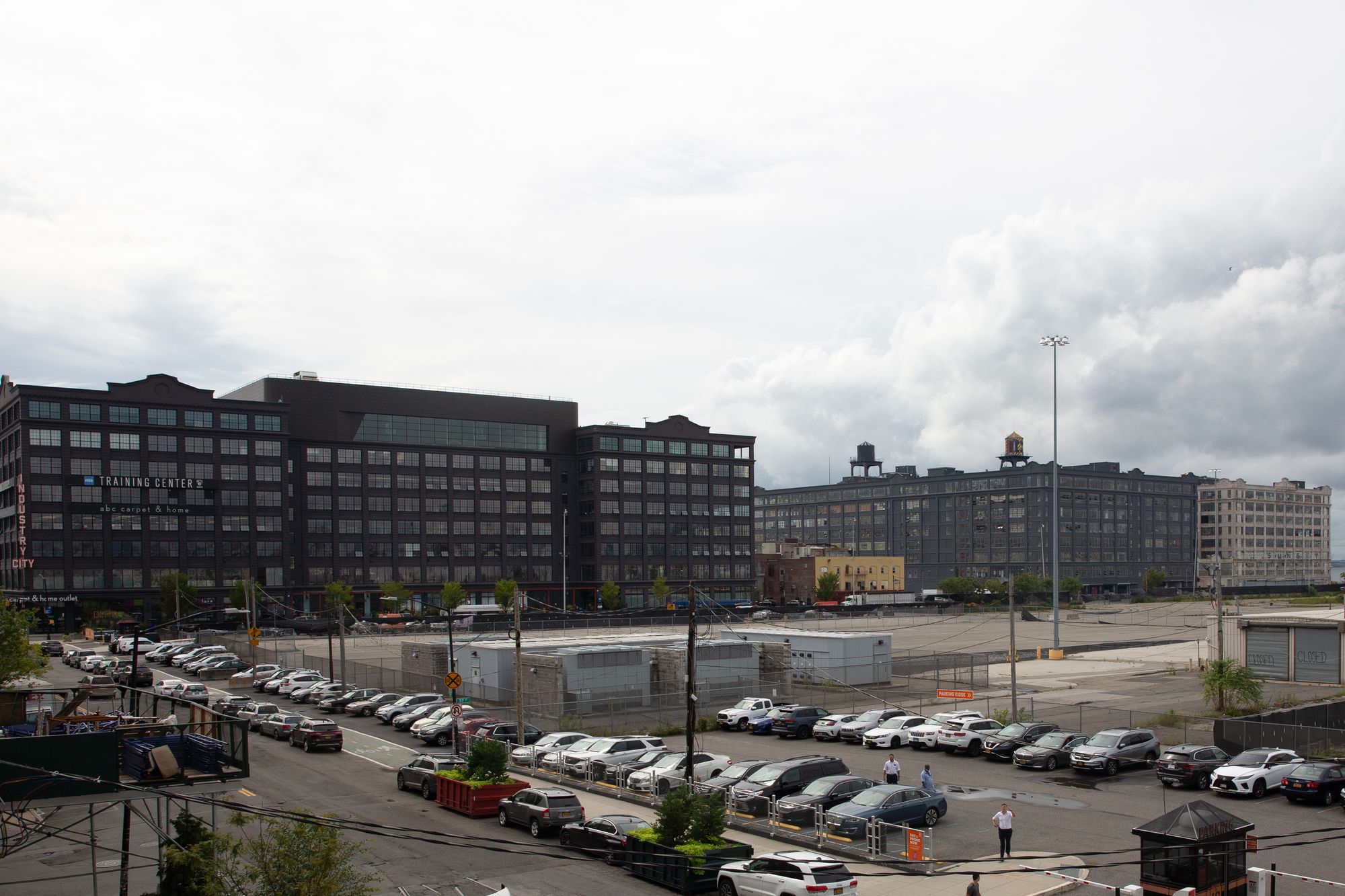
The group, which has confronted the mayor, demonstrated outside Jamestown’s Chelsea offices and Johnson’s Chelsea home, wants to see a return of the kind of large-scale manufacturing that fled the city decades ago.
“Of course manufacturing has a future and one that involves work with your hands, and immigrant Sunset Park is well positioned to be a center of the work to make the kinds of large installations like windmills to fight climate change,” says Jorge Muniz-Reyes, one of the group’s organizers.
As part of the back and forth during the zoning process, Industry City has eliminated an initial proposal to include dormitories and will abandon plans for two hotels if the City Council asks.
The plan limits the number and location of retail shops, preserves manufacturing space and would guarantee continued operation of Industry City’s innovation lab for promising business. The developers also have promised to provide space for a SUNY or CUNY school if either wants additional classrooms and the proximity to companies that could hire graduates.
‘A Better Place’
After Menchaca announced his opposition, other members of the Council, worried about the city’s precipitous slide into recession, rallied to boost the Industry City expansion plan. The City Planning Commission then approved the proposal last month.
Johnson, whose position on the project will be crucial, hasn’t tipped his hand on what he plans to do. In August, de Blasio waffled on the issue, a move that has angered business interests who want a strong statement of support.
“I think the mayor is blowing an opportunity,” Cornegy told THE CITY. “If you want to be the mayor of the biggest and most progressive city you have to weigh in on opportunity for residents. Approving Industry City’s plan says New York City is open for business.”

A spokesperson for de Blasio noted that “good-paying jobs are the path out of this fiscal crisis.”
“We’re listening closely to any proposal that provides them,” added the spokesperson, Mitch Schwartz. “As the Council reviews the proposal, we hope they’ll consider what role the Industry City plan might have in our city‘s recovery.”
The last time the Council overrode a local member was in 2009 when it approved a tower on Dock Street in Brooklyn that also provided space for a middle school.
With the Industry City project, the Council will choose between two very different views of where the city is and where it needs to go.
“We are doing just fine and don’t need Industry City,” said Sutcliffe.
Counters Jackie Capriles: “Industry City used to be a place with abandoned businesses and drug addicts. They have turned it around. My daughter is 14 and I want to make this a better place for her.”
THE CITY is an independent, nonprofit news outlet dedicated to hard-hitting reporting that serves the people of New York.



